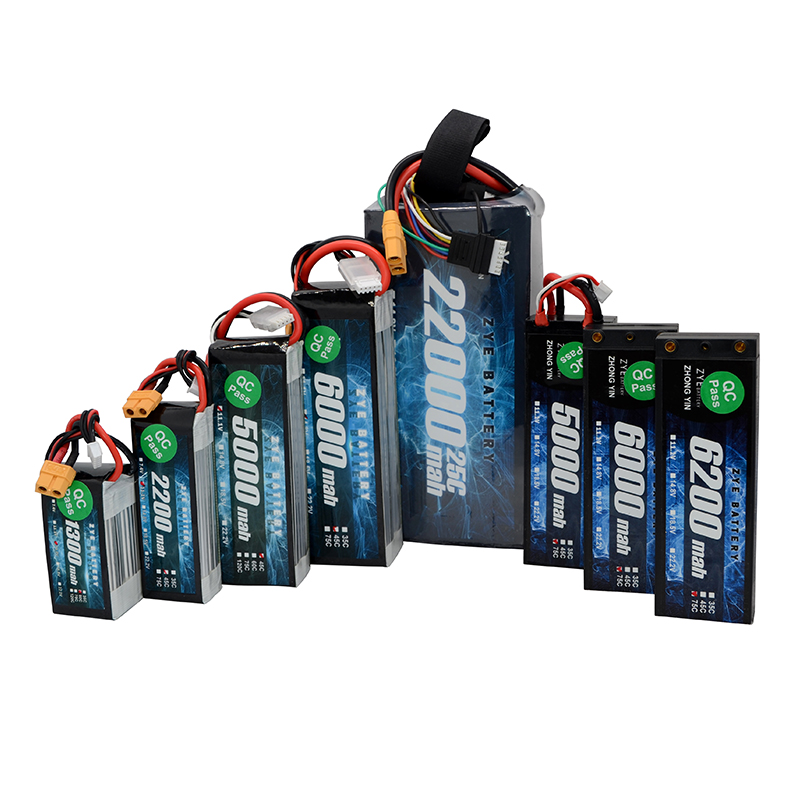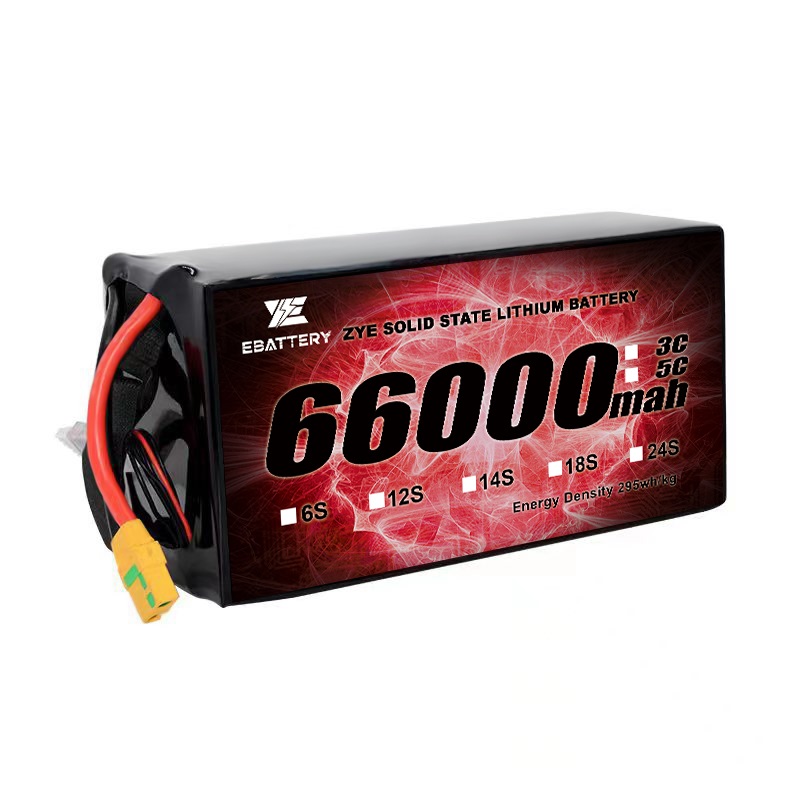How to extend drone battery life?
2025-03-26
Drones have become indispensable tools for aerial photography, surveying, and recreational flying. However, one of the biggest challenges drone pilots face is limited flight time due to battery constraints. In this comprehensive guide, we'll explore effective strategies to extend your UAV battery life, ensuring you get the most out of every flight.
What are the best storage practices for drone batteries?
Proper storage of your UAV (unmanned aerial vehicle) battery is essential to ensure its health, longevity, and optimal performance. Following a few simple guidelines can help prevent premature degradation and keep your battery functioning at its best for a longer period.
First, always store your UAV batteries in a cool, dry place. The ideal temperature range for storing batteries is between 20°C and 25°C (68°F to 77°F). Extreme temperatures, both hot and cold, can significantly impact battery performance and capacity, potentially leading to shorter flight times or a reduced lifespan. Avoid storing batteries in direct sunlight or places prone to high heat, such as near radiators or in a hot car. Similarly, avoid freezing temperatures, which can harm the battery’s chemistry.
Before storing your UAV battery, it is crucial to ensure that it is at about 50% charge. Storing a battery at full charge or with a very low charge can stress the cells, leading to a decrease in overall battery health. A charge level of 50% is optimal as it helps prevent the battery from over-discharging and minimizes the strain on the cells. For long-term storage, especially if you won’t be using the battery for an extended period (more than a month), make it a habit to check the charge level periodically. If the charge drops below 50%, recharge it to maintain this optimal level.
To further protect your UAV batteries, use dedicated battery cases or bags specifically designed for battery storage. These containers are often equipped with fire-resistant properties, which provide an added layer of safety, particularly in the event of a malfunction during storage or transportation. These cases also protect against physical damage, which could lead to short circuits or other hazardous issues.
Finally, regularly inspect your batteries for any signs of damage. Look out for swelling, leakage, or discoloration, all of which are indications that the battery may be compromised. If any of these issues are present, it is essential to discontinue use of the battery immediately. A damaged battery should never be used and should be disposed of properly to avoid safety risks such as fires or chemical leaks.
By following these simple storage practices, you can ensure the longevity and safe operation of your UAV batteries, allowing for consistent performance and fewer issues over time.
How does flight style affect drone battery longevity?
Your flying technique plays a significant role in determining how long your drone's battery will last. Aggressive maneuvers, rapid acceleration, and high-speed flights drain the battery much faster than smooth, steady movements.
To conserve battery life, adopt a more conservative flying style. Maintain a consistent altitude and avoid unnecessary climbs, which require more power. When possible, use the drone's built-in intelligent flight modes, such as waypoint navigation or orbit mode, which often optimize power consumption.
Wind conditions also impact battery life. Flying in strong winds forces your drone to work harder to maintain position, draining the battery more quickly. If possible, plan your flights for calmer weather conditions to maximize flight time.
Temperature extremes can significantly affect uav battery performance. In cold weather, batteries tend to discharge faster, while hot conditions can lead to overheating and reduced efficiency. Try to fly in moderate temperatures whenever possible, and consider using battery warmers in cold conditions.
Lastly, be mindful of your drone's weight. Additional payloads like cameras or sensors increase power consumption. Only carry the equipment necessary for your mission to extend flight time.

Are there specific charging habits that extend battery life?
Proper charging habits are essential for maximizing the lifespan of your drone batteries. Always use the manufacturer-approved charger designed for your specific battery model. Generic chargers may not provide the correct voltage or current, potentially damaging your battery or reducing its lifespan.
Avoid overcharging your batteries. Most modern drone batteries and chargers have built-in safeguards to prevent overcharging, but it's still a good practice to unplug them once fully charged. Similarly, don't let your batteries discharge completely during flight, as deep discharges can damage the cells.
Implement a balanced charging routine. If your charger supports it, use the balance charge function regularly. This ensures all cells within the battery pack are charged evenly, promoting longevity and optimal performance.
Allow your batteries to cool down before charging. After a flight, give your uav battery time to return to room temperature before plugging it in. This prevents stress on the battery cells and helps maintain their capacity over time.
Consider adopting a partial discharge strategy. Instead of always flying until the battery is nearly empty, try landing when the battery still has 30-40% charge remaining. This approach can help extend the overall lifespan of your batteries.
Regularly calibrate your batteries according to the manufacturer's instructions. This process helps ensure accurate battery level readings and can improve overall performance.
By implementing these strategies for storage, flight style, and charging, you can significantly extend the life of your drone batteries. Remember, proper care and maintenance not only save you money in the long run but also ensure safer and more reliable flights.
Are you looking for high-quality, long-lasting drone batteries? Look no further than ZYE's range of advanced uav battery solutions. Our batteries are designed to provide maximum flight time and longevity, helping you get the most out of your drone investments. Don't let battery limitations ground your ambitions – elevate your drone experience with ZYE batteries today. For more information or to place an order, contact us at cathy@zyepower.com. Let's power your aerial adventures together!
References
1. Johnson, M. (2022). "Maximizing Drone Battery Life: A Comprehensive Guide". Journal of Unmanned Aerial Systems, 15(3), 45-62.
2. Smith, A. & Brown, B. (2023). "The Impact of Flight Patterns on UAV Battery Longevity". International Conference on Drone Technology, Chicago, IL.
3. Lee, S. et al. (2021). "Optimal Charging Strategies for Lithium Polymer Batteries in UAV Applications". IEEE Transactions on Power Electronics, 36(9), 10235-10247.
4. Zhang, Y. (2023). "Environmental Factors Affecting Drone Battery Performance". Advances in Aerospace Engineering, 8(2), 112-128.
5. Wilson, K. & Taylor, R. (2022). "Best Practices for UAV Battery Storage and Maintenance". Drone Pilot's Handbook (3rd ed.). Skyward Publishing.
























































